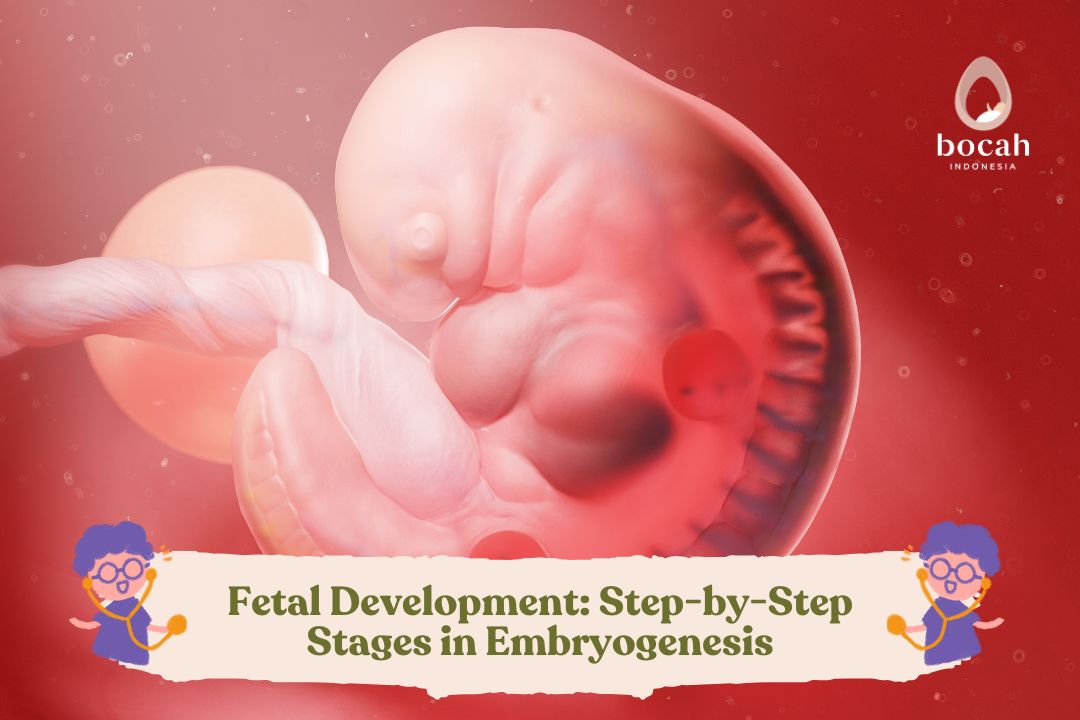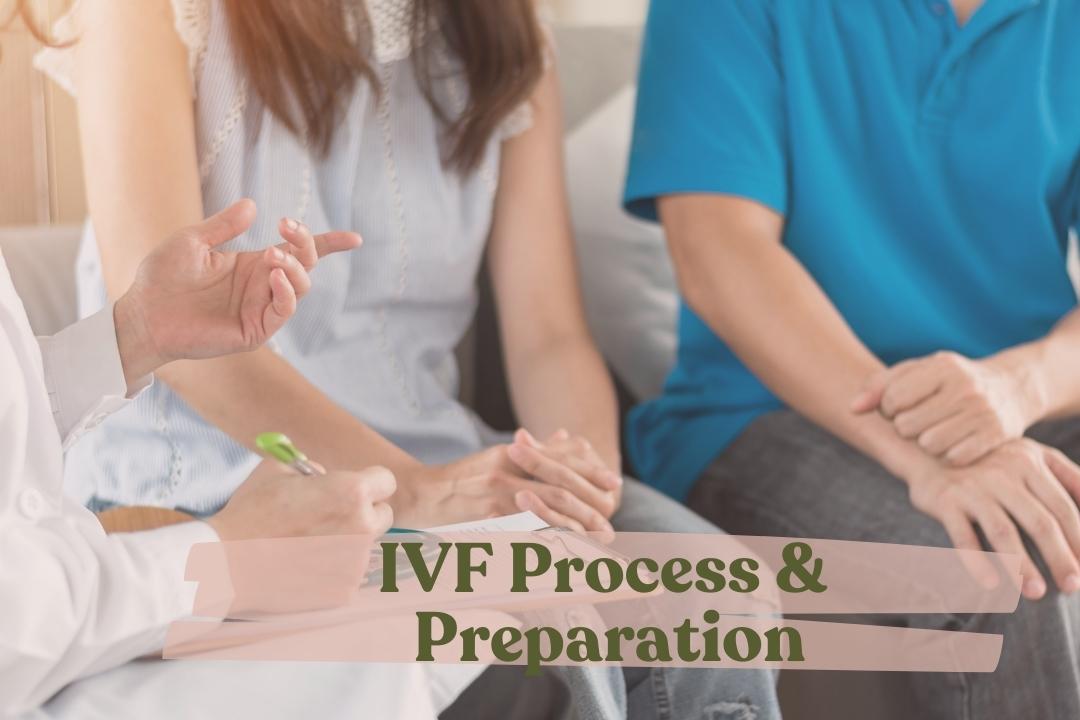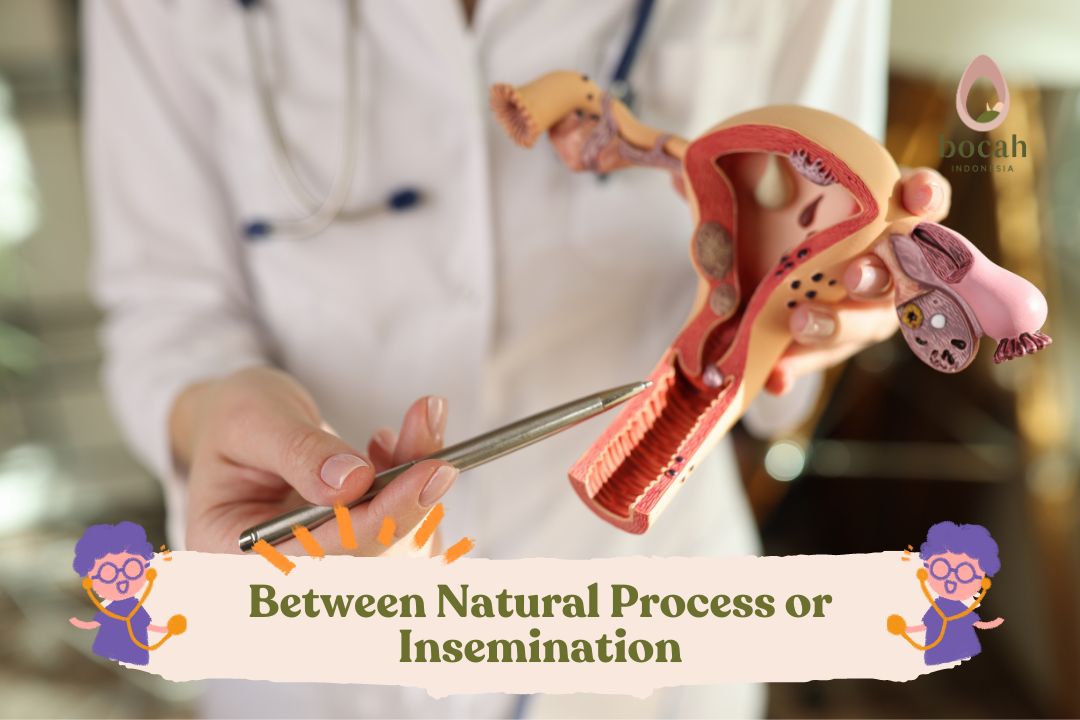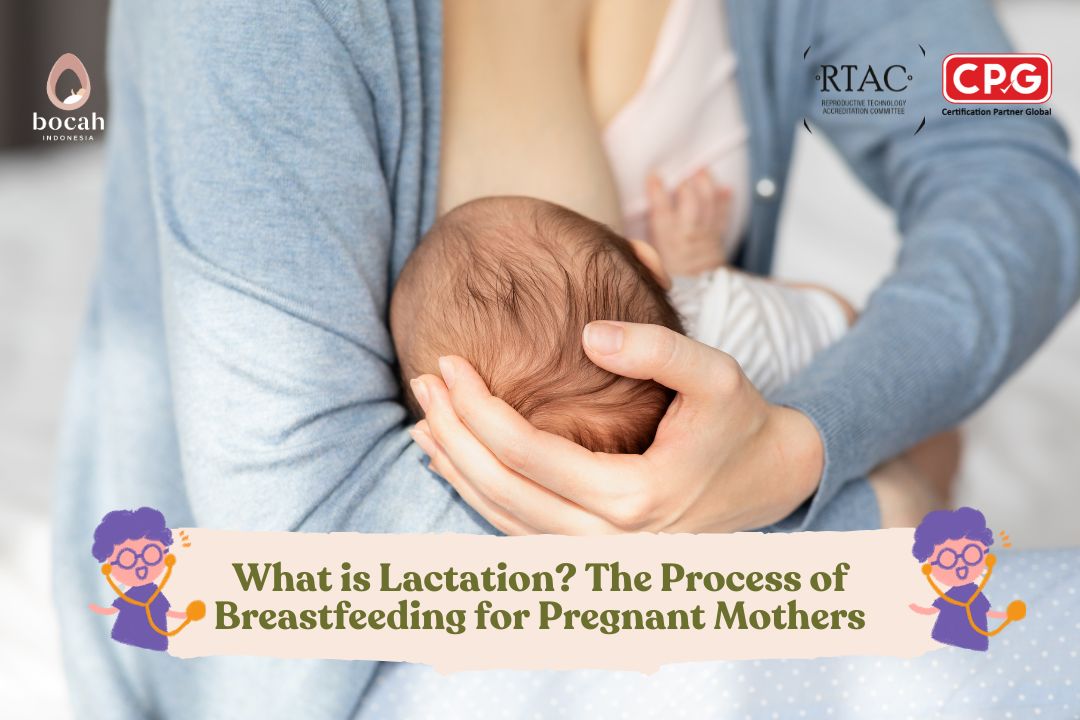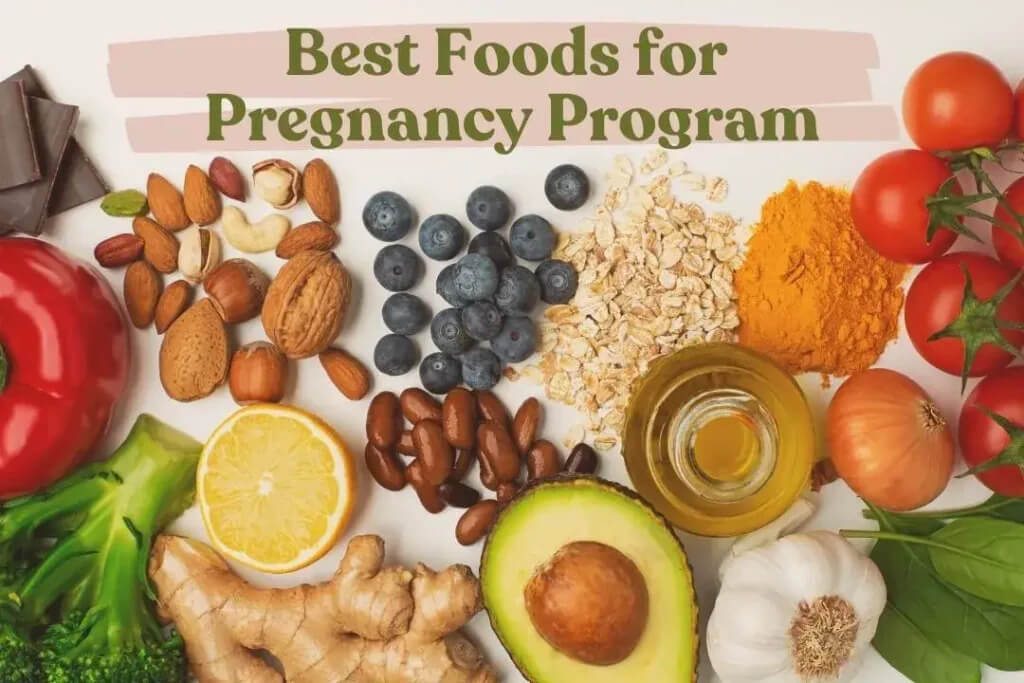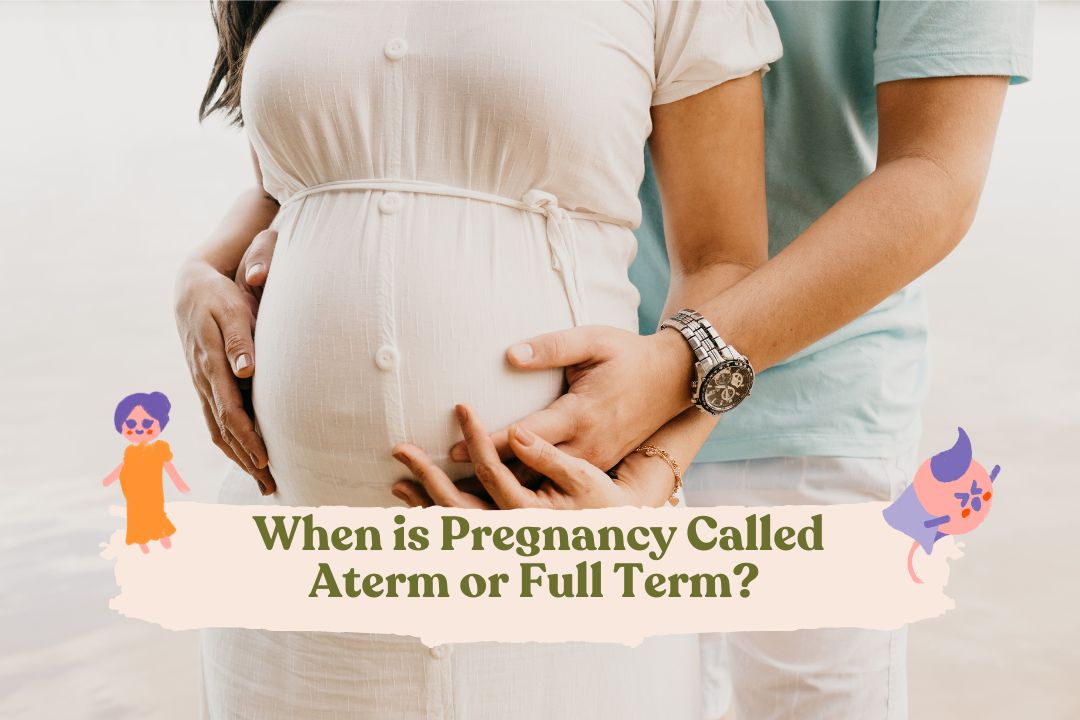The Process of Pregnancy Involves the Following Stages
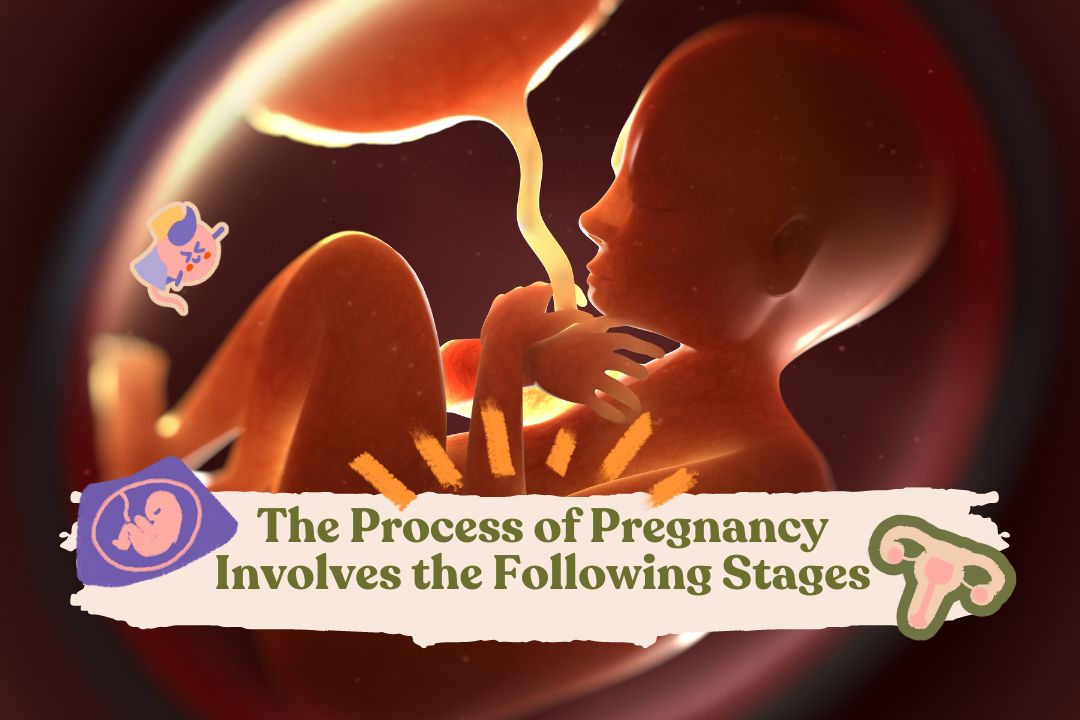
The beginning of pregnancy is when the fertilized egg successfully implants into the uterine wall. Pregnancy is a highly complex process with many stages. It all starts with the sperm and the egg. Sperm is produced in the testes of males. During ejaculation, sperm combines with seminal fluid to form semen, which is released during sexual activity. Millions of sperm are released with each ejaculation, but only one sperm is needed to fertilize the egg and initiate a pregnancy.
On the other hand, eggs are produced in the ovaries of females. Every month, hormones control the menstrual cycle and trigger the maturation of several egg follicles, preparing them for potential fertilization by sperm. However, only one egg is released each month during ovulation. These hormones also thicken the uterine lining, preparing a fertile “ground” for pregnancy.
The first stage in the complex process of pregnancy is fertilization, where the egg and sperm unite to form a single cell. In the following days, this single cell divides into multiple cells. Simultaneously, this group of dividing cells, known as a blastocyst, travels through the fallopian tube and implants into the uterine wall. Once the blastocyst successfully implants and starts growing, a woman is considered pregnant. At 8 weeks after fertilization, the developing organism is called an embryo. From 9 weeks until birth, it is referred to as a fetus.
Process of Pregnancy
To achieve pregnancy, the following stages must occur:
1. Sperm Transport
Sperm must be collected and transported to the site of fertilization. The process of sperm transport depends on several factors:
Tanya Mincah tentang Promil?
- Sperm must be able to swim effectively in the vaginal and cervical environment of the woman.
- This environment, regulated by female hormones, must be supportive for the survival of sperm.
- Sperm must have the ability to change their shape (capacitation) to penetrate the egg’s cell membrane.
After ejaculation, the semen forms a gel that protects sperm from the acidic environment of the vagina. This gel liquefies within 20-30 minutes, allowing sperm to move freely and facilitate sperm transport. Some sperm will remain in the vagina while others will travel towards the egg. Sperm with the best motility can swim through the mucus of the cervix, which guards the entrance to the uterus. During the fertile period (ovulation), the mucus becomes thinner, creating a more “sperm-friendly” environment.
Once the sperm enter the uterus, uterine contractions help propel them toward the fallopian tubes. Some minutes after ejaculation, the first sperm enters the tubes. However, it is not likely that this sperm will be the one to fertilize the egg. Motile sperm can survive in the female reproductive tract for up to five days.
2. Egg Transport
Ovulation must occur, and the egg must be picked up. In the middle of the menstrual cycle, one ovarian follicle releases the egg, and it starts moving through the fallopian tube towards the uterus. Egg transport begins at ovulation and ends when the egg reaches the uterus. After ovulation, the fimbriae (finger-like projections) at the end of the fallopian tube sweep the ovary.
The cilia (fine hairs) on the surface of the fimbriae are responsible for picking up the egg and moving it into the tube. Subsequently, cilia and muscle contractions in the fallopian tube create forward movement. The egg transport within the fallopian tube takes about 30 hours.
3. Fertilization and Embryo Development
Fertilization must occur for pregnancy to begin. After ovulation, the egg can only be fertilized for about 12-24 hours. Fertilization occurs in a specific part of the tube called the ampulla-isthmus junction. The contact between the egg and sperm is random. The membrane surrounding the egg, called the zona pellucida, has two main functions during fertilization.
First, it contains specific sperm receptors for human sperm. Second, once one sperm successfully penetrates the zona pellucida, it becomes impenetrable to other sperm. The fertilized egg is now called a zygote. Over the next 7 days, this single-celled embryo continues to divide through mitosis. At the end of this transitional period, the embryo becomes a highly organized ball of cells known as a blastocyst.
4. Implantation
The embryo must implant and grow inside the uterus. After reaching the blastocyst stage, about 5-6 days after fertilization, the process of implantation into the uterine wall begins. Naturally, about 50% of all successfully fertilized eggs fail to implant. The receptivity of the uterine lining and the quality of the embryo are two crucial factors determining the success of implantation.
Timeline of Pregnancy
The process of pregnancy is closely related to the timing of ovulation, which can be estimated through the menstrual cycle. The exact timing of ovulation varies from woman to woman, depending on the length of the menstrual cycle, which can range from 21 to 35 days with an average of 28 days. The menstrual cycle is counted from the first day of one period to the first day of the next period.
The process of achieving pregnancy in a 28-day menstrual cycle is approximately as follows:
- The first day is the first day of menstruation.
- On the 14th day from the first day of menstruation, ovulation occurs.
- Fertilization happens between 12-24 hours after ovulation. Two important factors for fertilization are timing intercourse to coincide with ovulation and the quality of sperm and egg. Fertilization can occur as early as five days before ovulation if unprotected intercourse takes place during that time, as some sperm can survive inside the female reproductive organs for that long.
- Around 6 days after fertilization, the fertilized egg implants into the uterine wall.
- Around the 21st day from the first day of menstruation, if fertilization and successful implantation occur, the woman is considered pregnant. However, a pregnancy test will only be positive 5-7 days later.
Just because the egg and sperm are in close proximity does not guarantee fertilization. Statistics show that fertilization only occurs about 25-30% of the time. This percentage decreases as women reach the age of 35. After successful implantation, the placenta will start to form. Subsequently, the placenta will produce and release beta-human chorionic gonadotropin (beta-hCG) hormones into the blood and urine. This hormone begins to appear in the blood around 11 days after fertilization and takes a little longer to be detected in urine through a pregnancy test.
Duration of Pregnancy
A normal pregnancy lasts about 40 weeks from the first day of the last menstrual period (LMP). Pregnancy is assumed to start two weeks after this LMP. Therefore, there is an additional 2 weeks in the calculation of gestational age, during which the woman is not actually pregnant. Pregnancy “officially” lasts for 10 months (40 weeks) due to this additional 2 weeks.
The estimated due date is called the estimated date of delivery (EDD). This date is determined based on the LMP or ultrasound examination during the first trimester. EDD is necessary to determine the gestational age so that fetal growth can be assessed. Moreover, it provides a reference for scheduling specific tests or examinations during pregnancy.
Stages of Pregnancy
Pregnancy is divided into three stages called trimesters. Each trimester lasts approximately 12 to 14 weeks. During each trimester, the fetus will reach specific developmental milestones, and women will also experience certain changes in their bodies.
First Trimester (0-13 weeks)
This is the period when fertilization and the development of the fetus’s major organs occur. It is the most crucial time for fetal development. During the first trimester, the following organ systems start to form:
- Brain and spinal cord
- Inner ear
- Heart
- Reproductive organs
- Nails
- Liver
- Eyelids
- Pancreas
- Kidneys
- Cartilage in hands, feet, and limbs
- Muscles of the mouth, eyes, and nose
- Fingers and toes (still webbed)
- Lungs
The growth of the fetus can vary significantly among individuals, but during the first trimester, the fetus generally grows from around 0.64 cm at the end of the first month (smaller than a grain of rice) to about 10 cm at the end of the 12th week and weighs around 50-60 grams.
During the first trimester, women may need more rest than usual. Nausea and vomiting are also common symptoms experienced during this time.
Second Trimester (14-27 weeks)
This is a period of rapid growth and development for the fetus. Internal organs and bodily functions become more complex. During these weeks:
- Bones start to harden.
- The skin thickens.
- Toenails form.
- The nervous system begins to develop.
- Hearing starts to develop.
- The part of the brain that controls motor movements is fully formed.
- Eyelids can open and close.
- Fetal kicks are felt more strongly.
- The digestive system begins to function.
- Lungs are fully formed.
By the end of the second trimester, the fetus has grown from about 10 cm to 35 cm and weighs around 1-1.2 kg. The gender of the baby can usually be determined through an ultrasound examination around 20 weeks of pregnancy.
For pregnant women, the second trimester is usually the most comfortable period. Energy levels typically improve, and morning sickness symptoms subside. Fetal movements can be felt around 18-22 weeks of pregnancy.
Third Trimester (28-40 weeks)
This is the period when the fetus rapidly gains weight, and organs mature to be ready for birth. During this final stage of development, the fetus prepares to leave the womb. Developments include:
- Eyes can respond to changes in light.
- The head starts to have hair.
- The fetus can kick, grasp, and stretch its limbs.
- Limbs start to look fuller.
- Bones continue to harden.
- The circulatory and muscular systems are fully formed.
- Lungs, brain, and nervous system are fully developed.
- Subcutaneous fat continues to increase.
By the end of the third trimester, approaching the time of birth, the fetus measures around 46-51 cm in length and can weigh over 3 kg.
For pregnant women, this trimester is the most uncomfortable period due to the growing belly and changes in the body preparing for childbirth. Common complaints include difficulty sleeping, back pain, and fatigue while walking or performing routine activities.
Factors Affecting Pregnancy Success
For a pregnancy to occur, the process of fertilization is essential. However, there are several factors that influence the likelihood of successful fertilization, including:
- Age of the woman. Generally, the chances of fertilization are higher in women under the age of 30.
- History of previous pregnancies. The presence or absence of previous pregnancies can impact the likelihood of fertilization.
- Timing and frequency of intercourse during the fertile period. To increase the chances of getting pregnant, it is recommended to have intercourse 1-2 times every 3 days before and 2 days after ovulation.
- Duration of trying to conceive. The chances of fertilization are higher if the couple has been trying to conceive for less than three years.
- Body mass index (BMI). Women with a BMI <20 kg/m² or >30 kg/m² may find it more difficult to conceive.
- Smoking habits (in both men and women or either one), alcohol consumption, and drug use can reduce the chances of getting pregnant.
While some of the factors above cannot be modified, such as age, duration of trying, and previous pregnancies, others can be managed. Specifically, identifying the woman’s fertile window and focusing intercourse during these times can significantly increase the likelihood of getting pregnant
Source:
- American College of Obstetricians and Gynecologists. [Last reviewed December 2021]. How your fetus grows during pregnancy. FAQ 032. URL: https://www.acog.org/womens-health/faqs/a-partners-guide-to-pregnancy.
- American College of Obstetricians and Gynecologists. [Last reviewed December 2021]. How your fetus grows during pregnancy. FAQ 156. URL: https://www.acog.org/womens-health/faqs/how-your-fetus-grows-during-pregnancy
- Cleveland Clinic. [Last reviewed 3 Mar 2023]. Fetal development. URL: https://my.clevelandclinic.org/health/articles/7247-fetal-development-stages-of-growth.
- Cleveland Clinic. [Last reviewed 6 Sep 2023]. Conception. URL: https://my.clevelandclinic.org/health/articles/11585-conception.
- UNICEF Parenting. Pregnancy milestones. URL: https://www.unicef.org/parenting/pregnancy-milestones.
- Understand the Causes of Cervical Cancer Before Pregnancy - 24/12/2025
- Menstrual Induction Medications to Treat Irregular Periods - 19/12/2025
- Magnesium Deficiency, Does It Affect Fertility? - 12/12/2025


